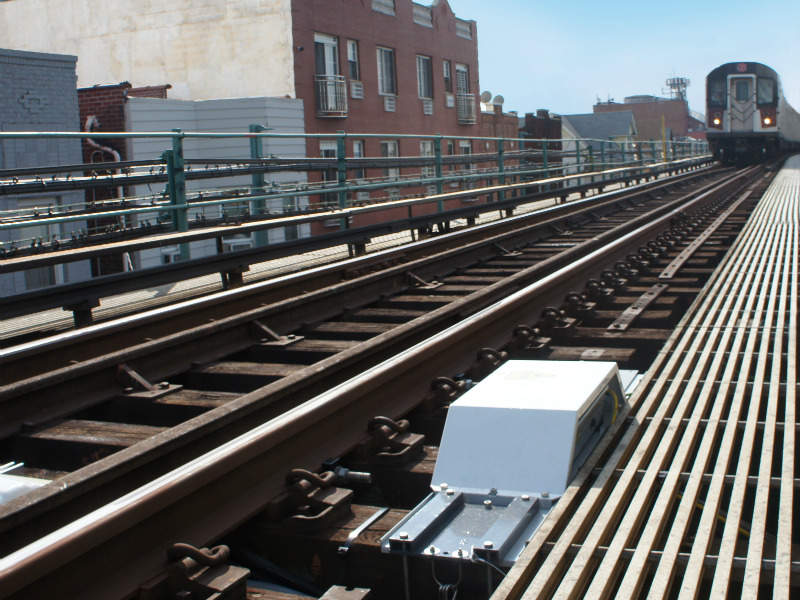
WID recently unveiled its newest addition to the TBOGI product suite, the TBOGI-TR system.
Metro and transit railways have been using basic wayside monitoring solutions for many years, but these railways face significant challenges when trying to implement more advanced wayside solutions.
The physical size of the more advanced systems often prohibits their adoption by metro and transit railways. WID has been able to overcome this hurdle by ‘miniaturising’ the TBOGI system.
TBOGI-TR is an optical geometry inspection system for metros and transit railways, installed next to the rails, outside the clearance envelope. The system measures the tracking behaviour (geometry) of each wheelset and bogie.
These metrics underpin the condition of the wheel-rail interface throughout a network, so the TBOGI-TR system measures every wheelset and bogie that passes.
When the wheel-rail interface is compromised, TBOGI-TR data shows the degeneration of the defect from inception through to critical status.
Accurate thresholds are set to prevent severe wear to the rolling stock and rail infrastructure and to prevent derailment risks.
What makes the product a unique addition to the TBOGI product suit is that it has been designed specifically for transit railways such as metros, passenger and underground, where trackside space can be very limited.
TBOGI-TR is designed to have the lowest possible profile next to the track, so can be installed on elevated railways, tunnels, and other locations with extremely limited trackside space.
“This is a technological breakthrough,” says Paul Bladon, VP Business Development. “It is akin to the huge reduction in form factor of smart phones; there is no loss in performance, and it can be achieved with a greatly reduced trackside footprint.”
Data from TBOGI-TR systems in transit environments has already shown that the data is as relevant to these railways as it is in freight and heavy haul environments.
The new generation of TBOGI-TR systems have been installed in the New York City Transit network. The systems were successfully installed in very limited track space, with high-density traffic, and the results are proving very applicable to transit rolling stock.
WID president Denis D’Aoust says: “The TBOGI-TR systems will be able to deliver the benefits of the “full size” TBOGI system to railways that have historically not been able to access advanced wayside solutions.
“The condition of the wheel-rail interface is critical and can affect the lifespan of both wheels and rail infrastructure by 50%, not to mention the safety aspects. Getting this right, and keeping it right, is just as important for metros and transit railways.”

